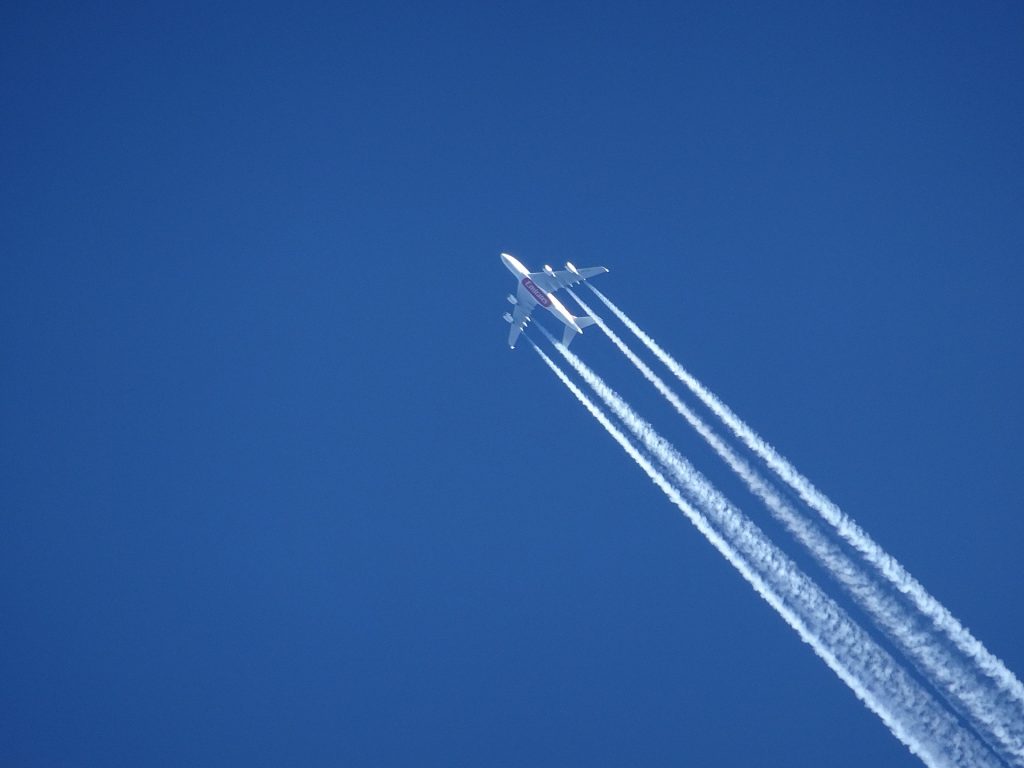A common question for non-aviation people is how high a commercial plane can go and whether it is possible for a plane to simply rise continuously into outer space or at least to the limit between the earth’s atmosphere and space. We will now explain the situations that make it impossible for modern airplanes to reach outer space.
Contents
The limit between our atmosphere and space, the Karmic line
The International Aeronautical Federation accepts 100 km above sea level as the limit between the atmosphere and outer space. This reference is known as the Karmic line, after which it has been entered into outer space, or “put into orbit”. However, commercial aircraft cannot fly at altitudes higher than 12 kilometers. If you want to know the performance of commercial aircrafts at the maximum limit of their operational height, we recommend reading: Aircraft operations at high flight altitudes.
Limitations for an airplane to reach space
The main problem that an airplane will have to leave the Earth’s atmosphere is the gravity of our planet because it does not have enough momentum to reach outer space, according to NASA (National Aeronautics and Space Administration) you need to travel at 40,000 km/hr in the ascent to have enough momentum and enter into orbit, this would mean traveling 40 times faster than a Boeing 747.
Aircraft use the air under their wings to move, but above 12 kilometers the air becomes too light to provide sufficient lift. In this situation, and not being able to count on the help of the air, a commercial plane would need a greater boost than that given by its engines.
Also one of the limitations is the fuel; the spacecraft needs more than 1 million liters of fuel to reach orbit, along with the rockets attached to it. Therefore, the current design of a commercial aircraft does not have the capacity to carry such an amount of fuel, nor are its engines designed for the special combustion that a rocket has to carry out. You can read about a successful astronaut mission outside the atmosphere in Four astronauts from the SpaceX-NASA mission arrive at the International Space Station.
Difference between an airplane engine and a rocket
The main difference between a commercial airplane engine and a rocket is the dependence on air to burn its fuel. While the plane uses the air that enters the engine to support combustion, rockets do not depend on outside air at all. However, a rocket still needs oxygen to burn its fuel, so the rocket carries its own oxygen in tanks and mixes it with the fuel immediately before burning it.
What do you think about this topic? Do you think that one day there will be technology for an airplane to reach outer space?
If you have any doubt or question you can contact us or write your query in the comments section below.
Image by Imagii via Pixabay under Creative Commons license.
